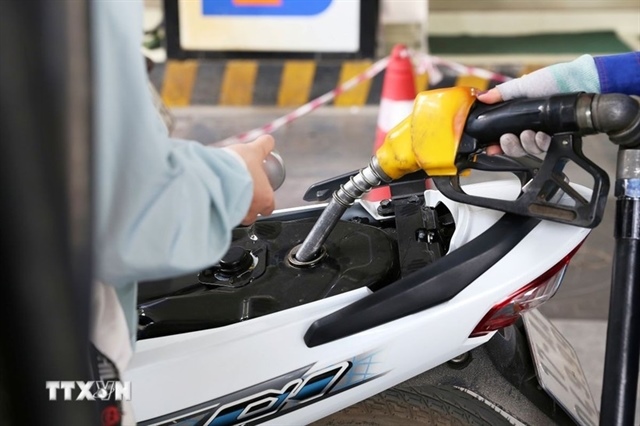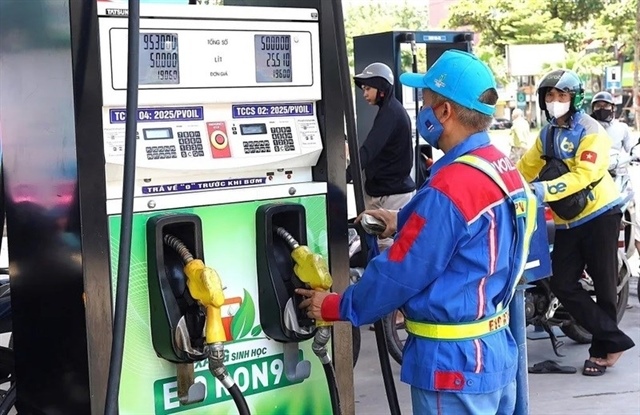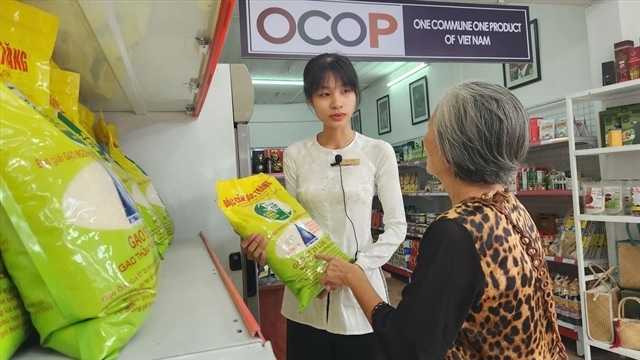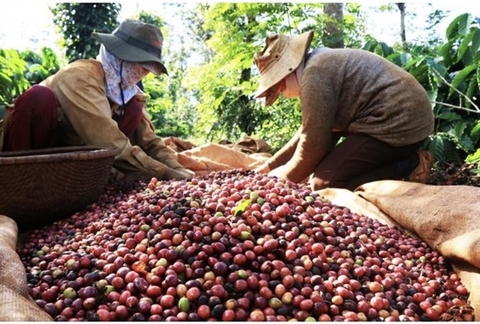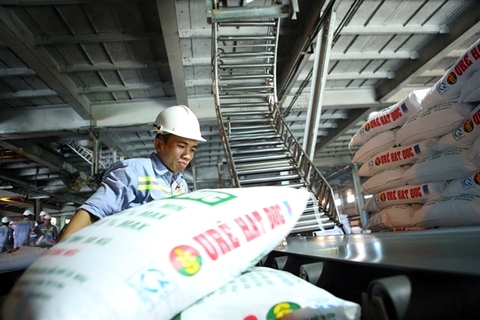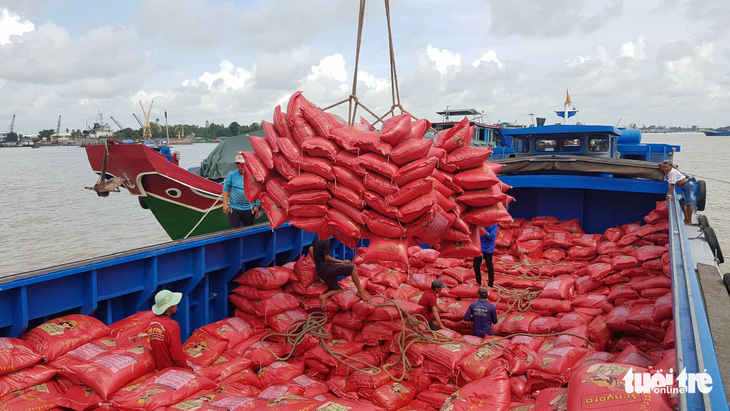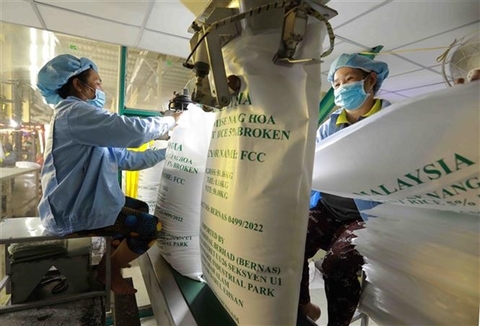Cars in Viet Nam not coming cheap
Cars in Viet Nam not coming cheap
Vietnamese automobile prices are substantially higher than those in other regional countries because of high taxes and low output, according to the Ministry of Industry and Trade.
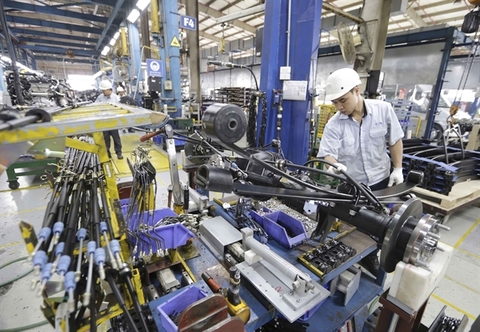
Cars in Viet Nam are not coming cheap as their prices are twice as high as those in Thailand and Indonesia, and even way higher than in developed countries like Japan and the US.
Two major causes of the high prices are high taxes and low output, with the latter being in evidence as domestic manufacturers are operating far under their capacity.
The ministry said the domestic automobile "industry" still had a long way to go before it could meet the criteria to be categorised as an industry. It did mostly unsophisticated assembly work with production lines centring around coating, welding, assembling, and testing.
The underdevelopment of its supporting industries is another matter of concern for the ministry as most component producers are small in size and have weak ties with one another. Some churn out components with high error rates and substandard quality.
Annually, Viet Nam imports between 80 to 90 per cent of the automobile parts used in car-making, which run to US$5 billion. Domestically-produced parts include tyres, seats, glass, wires, and some other plastic parts.
The ministry said the fragmentation of the market led to the situation that every car producer only got a thin slice of the pie. With such a tiny market portion, producers had insufficient resources to expand operations and reach as far as foreign supply chains.
Under the ministry's estimation, the Vietnamese average income is not high enough to give the industry the momentum it needs to take off. The industry needs a GDP per capita of at least $4,000 per year to turn the corner.
Viet Nam has over 40 automobile assemblers and manufacturers to date, which cater to 70 per cent of the domestic under-nine-seat car market. Their total capacity amounted to 755,000 vehicles per year in 2022.
It is worth noting that around 60 per cent of buses in Viet Nam have been domestically manufactured. The figures for other vehicles are lower, with 40 per cent for trucks and 25 per cent for cars.
Those figures indicate that the domestic vehicle-making industry has met its production targets for buses and trucks, but not so for cars, which still fall far short of expectations.
The ministry said it would take measures to help domestic automobile manufacturers and assemblers reach economies of scale, thereby driving down car prices in Viet Nam.
The measures would include financial support to facilitate technology transfer and improve corporate governance. Preferential loans with a rate of 3 per cent would also be introduced to redouble the efforts.
The ministry also pledged legal support for the car-makers by developing laws in favour of the industry, allowing them to get off the ground at home and abroad.
Truong Chi Binh, vice president and general secretary of the Vietnam Association for Supporting Industries, shared this view.
He said car-makers need better access to credit, land, and construction approval in order to cut costs and have a deeper involvement in the supply chains.
He called for favorable policies to improve their capability and foster their ties, thereby laying the groundwork for the formation of industrial clusters.


